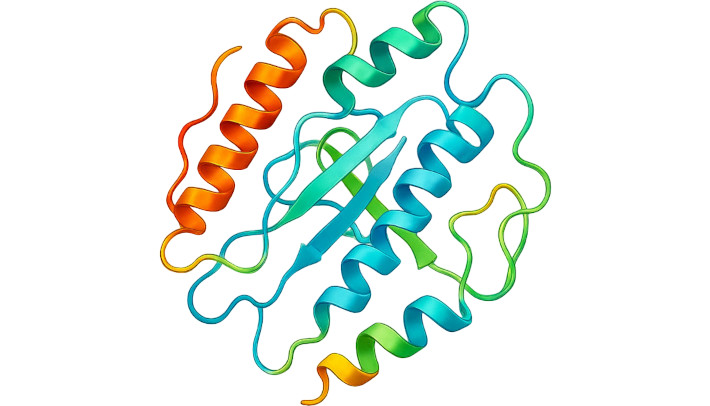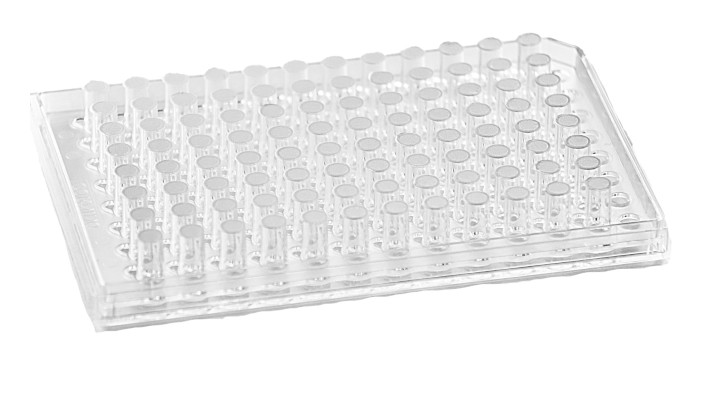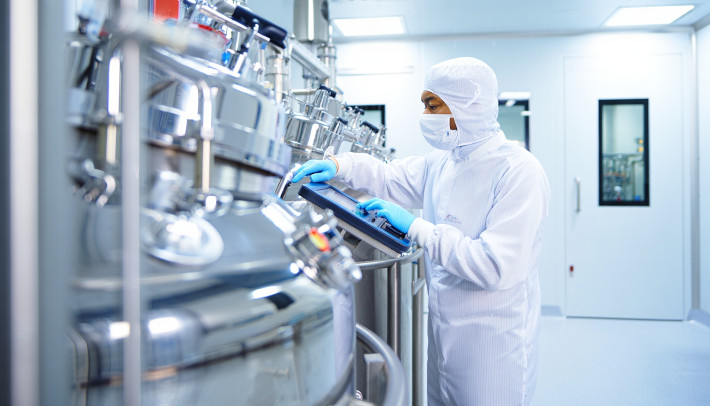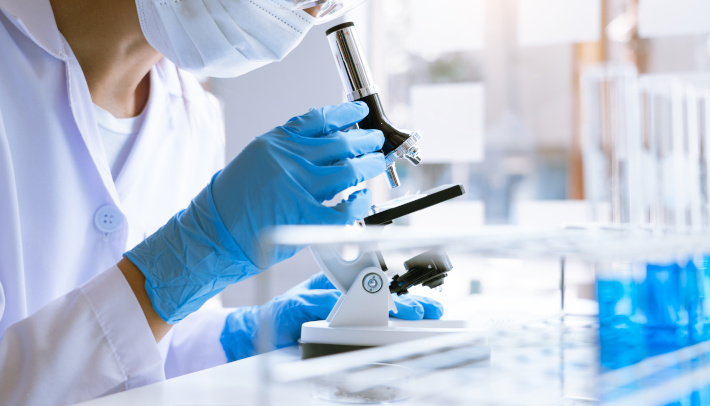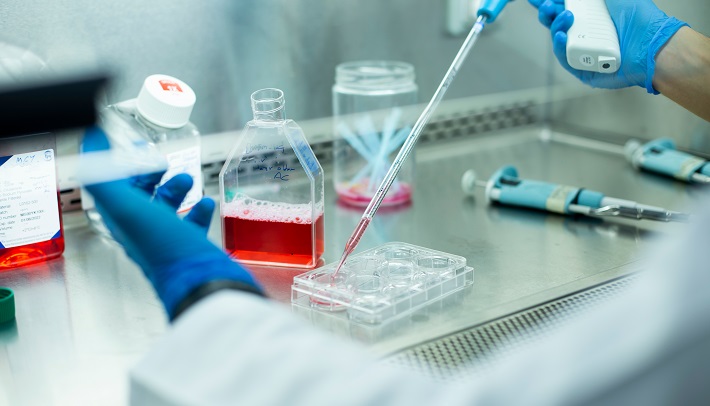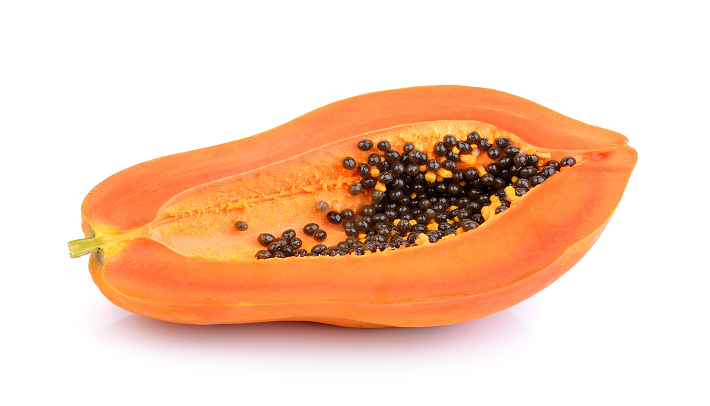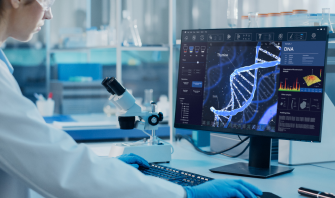NEW: Ribonuclease U2
Recommended for nucleic acid research applications, including RNA sequencing, RNA modification, and mapping, Ribonuclease U2 offers the following features:
- Purine-selective, with a preference for adenosine (cleavage specificity: A > G > C > U)
- Hydrolyzes 3’-linked ribonucleotides, producing nucleoside 3’-phosphates and 3’-phosphooligonucleotides that end in Ap or Gp, with 2’,3’-cyclic intermediates
- Optimal activity at pH 4.5
Key Benefits:
- Animal-free: produced without animal-derived materials
- Chromatographically purified to ensure high quality
- Supplied as a lyophilized powder for easy handling and storage (stable for 1 year at 2-8°C)
- Produced recombinantly in Komagataella phaffii (formerly P. pastoris), reducing contaminant nucleases and proteases, and eliminating potential pathogens associated with animal-derived materials
